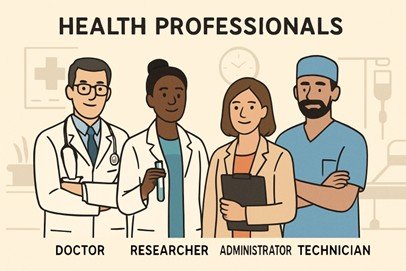Autism traits and support needs will vary massively from person to person, which can make assessing and diagnosing autism difficult in some cases. From complicating co-occurring disorders, to conditions that mimic several autism spectrum disorder (ASD) traits like trauma, to biases, there are near endless complicating factors that can make diagnosing every autistic individual a challenge.
Successfully connecting services to individuals, especially at a young age, can lead to improved outcomes, highlighting the critical importance of accurate autism assessment (Okoye et al., 2023). This doesn’t simply mean avoiding false positives, but also identifying autism that presents differently.
Top 5 Pressing Challenges in Autism Assessment
There are many different assessment and intervention resources available. However, the most effective way to improve your ability to assess and diagnose autism, especially in young children, comes from understanding the barriers that are impacting diagnostic accuracy in the first place.
Be Aware of Health Conditions with Similar Presentations
Autism traits are not unique to ASD. There are several conditions that present similarly, which can lead to false-positives or missed comorbidities, meaning the child has co-occuring conditions. For example, many autistic individuals will also have ADHD (Hours et al., 2022). Autism can sometimes be mistaken for trauma, especially in young children, as PTSD can lead to similar developmental delays and social isolation (Zainab Al-Attar & Worthington, 2024).
Being aware of which conditions share similarities with autistic traits is essential, while also acknowledging a person could have two or more co-occuring conditions.
Varied Presentation in Young Children
With autism screening increasingly occurring during early childhood, it’s key to understand how development and socialization play a role (Shen & Piven, 2017). Part of this is understanding how autism traits present throughout developmental stages. Another part is understanding that children may respond differently depending on the environment.
Sex and Gender Biases
Autism affects both genders; however, current understanding places ASD as being more common in boys than girls. In the same vein, however, girls tend to present different ASD traits than boys or may be more proficient at what’s known as masking, leading to later diagnoses or no diagnosis at all. New diagnostic procedures and understanding are essential to successfully assess women and girls with autism (Cook et al., 2024).
Healthcare Inequalities
While autism occurs in all groups, access to quality healthcare and support services is not equal amongst all groups. This means that children from lower-income brackets, as well as those from cultures with particularly negative social stigma against autism, are less likely to be assessed or diagnosed.
Your Personal Knowledge and Experience
Your own experience is a limitation. That’s why it’s essential that you continually work to advance your abilities by updating yourself on any changes or addenda to the diagnostic tools you use. It’s also recommended to add tools.
Final Takeaways
It is important to note that being aware of the challenges will not guarantee 100% assessment accuracy. In fact, nothing can. That is why, in addition to being aware of the barriers, an educator, therapist, or clinician must always invest in advancing their diagnostic skills, the tools they use, and the resources they have access to. For example, you can learn how to use SPM-2 at WPS to measure the function in a child’s visual, auditory, tactile, olfactory, and other sensory systems to help the child and parents better understand stressors and strengths.




